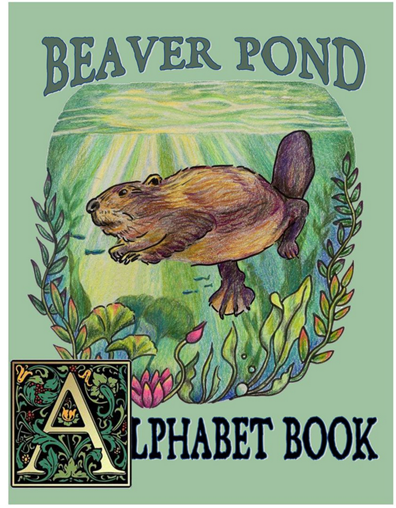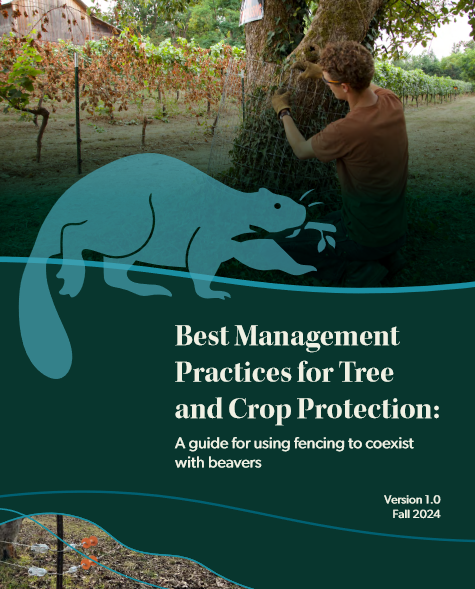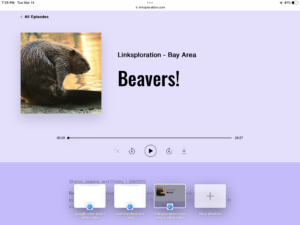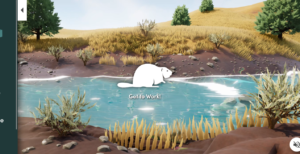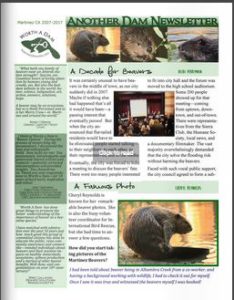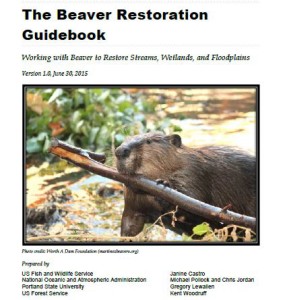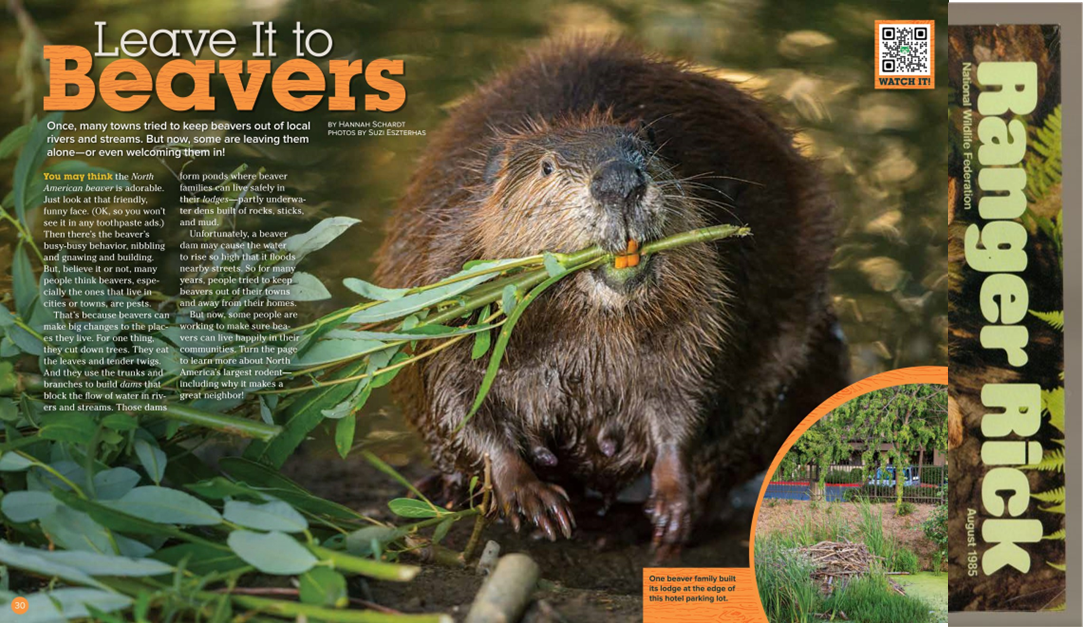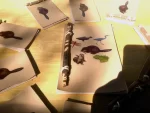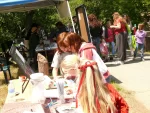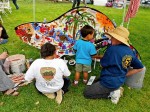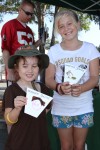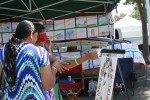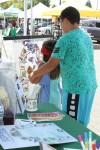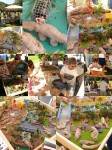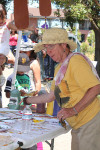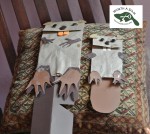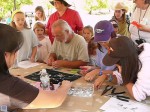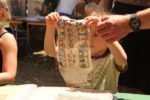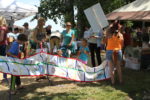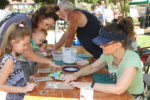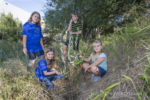To say the UK is ‘flirting’ with beaver reintroduction is a vast understatement. The relationship has moved way beyond the blushing sideline gaze phase and now moved to furtive groping under the table. We have an film crew coming from the UK to film beaver stories next week as evidence, and I wanted to share this little bit of excitement as well from New Scientist.
Should the UK bring back beavers to help manage floods?
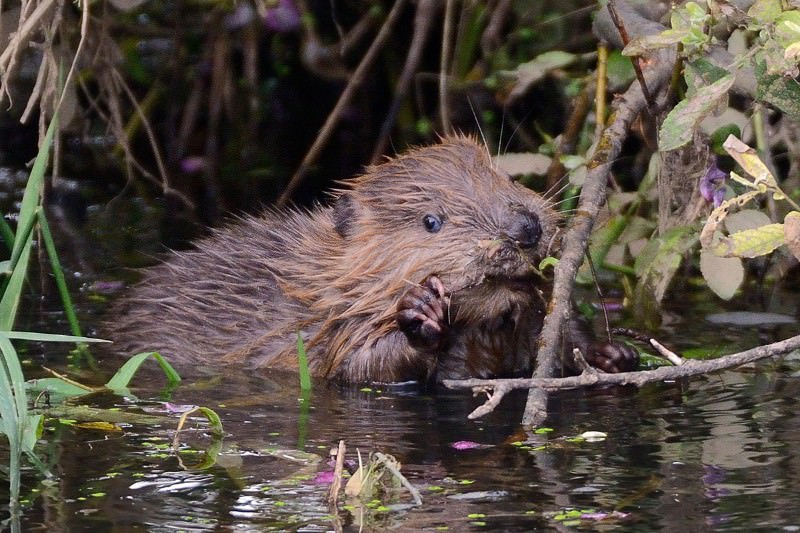
It seems that beavers’ dams might help prevent flooding, cleanse water as well as help boost fish populations and wetland ecosystems.
The dams regulate the water flow both during heavy rains and droughts. “When it rains, more water gets stored in ponds behind the dams, and when it’s drier, water is gently released to keep rivers flowing,” says Richard Brazier of the University of Exeter, UK, head of the study of half-a-dozen beavers confined to an isolated woodland in Devon.
If reintroduced, they could be of most use in narrow tributaries and headwaters near the sources of major river systems where holding back water could potentially have most impact on preventing floods.
Brazier’s study, due to finish next March, also found that the staircase of dams filtered pollutants washed off farms. “We found that on average each litre coming in contains 150 milligrams of sediment, but only 40 milligrams on the way out,” he says. Likewise, nitrates arrived at average concentrations of 6 milligrams per litre, but left at less than a milligram per litre, and phosphorus levels dipped from 0.16 to 0.02 milligrams per litre.
Well, well, well. So beavers control water, help biodiversity and reduce toxins eh? You don’t say. I always suspected as much, but of course I wanted to be absolutely sure that things didn’t work completely differently in the UK than they do in every other country on the planet. You know, the way chips mean fries or having your landlord ‘knock you up’ in the morning doesn’t mean he impregnated you, – so you’re saying beavers might not destroy the ecosystem there?

Believe me, no one is more surprised to learn that the laws of nature operate the same way across the pond than the chief researcher himself who notes;
His preliminary findings compare brown trout populations from two similar streams that drain into a loch near Inverness, one with reintroduced beavers and one without. “There were more than double the number of trout on the ‘beaver stream’, and they were bigger,” says Kemp. He says that like beavers, trout prefer deep water so they luxuriate in beaver ponds.
Only Elaine can adequately express my shocked response to hearing that the habits of anglican fish parallel the habits of every other fish on the globe. I should send this to NOAA right away, because Michael Pollock is going to be so relieved that his decades of painstaking research haven’t been casually disproven in by a boy scout in Scotland.
Sheesh.
For something truly fresh and surprising, lets finish with this nice article from Illinois on beaver sculpture.
Good Natured: Sculpture in the Park: The Delnor Woods Edition
Sure enough, not far from the front pond at Delnor Woods, a 20-foot-tall elm tree lay by the asphalt path. A helpful visitor had come along and lugged it out of the main thoroughfare, but it still needed a little cutting to be completely out of the way.
As I dragged my trusty bow saw back and forth across the 5-inch diameter trunk, I once again, as I always do, marveled at how beavers can cut down trees using nothing more than their really strong jaw muscles and four sharp incisors.
I was bent, at a somewhat awkward angle, over the tree and saw and thoughts of beavers occupying much of my attention. But I happened to look up, for just a second. And that’s when I saw it. Delnor Woods’ answer to Sculpture in the Park.
Perhaps it was the way the sunlight was hitting it. Or maybe it was the fact that I was somewhat sleep deprived. At any rate, I positively was awestruck by the beauty of the creation before me.
Readers of this website should not be surprised to know that author of this charming speculation, Pam Otto, is not the first person to consider the idea that beaver chews were art. This topic has been much discussed over the years, and our beaver chews are among our most precious items for display. In fact one has even been stolen!
Pam’s right to be impressed, but that’s hardly the best we’ve ever seen. Check out this offering from a friend on the Beaver Management Forum a few years back.
 I almost forgot, there are two gifts from friends that I wanted to share this morning, the first is chckle is from Napa’s Rusty Cohn:
I almost forgot, there are two gifts from friends that I wanted to share this morning, the first is chckle is from Napa’s Rusty Cohn:
 And the second is from our old friend Ian Timothy, whose illustrious academic career at CalArts has clearly not dampened his beaverly Holiday Spirit:
And the second is from our old friend Ian Timothy, whose illustrious academic career at CalArts has clearly not dampened his beaverly Holiday Spirit:

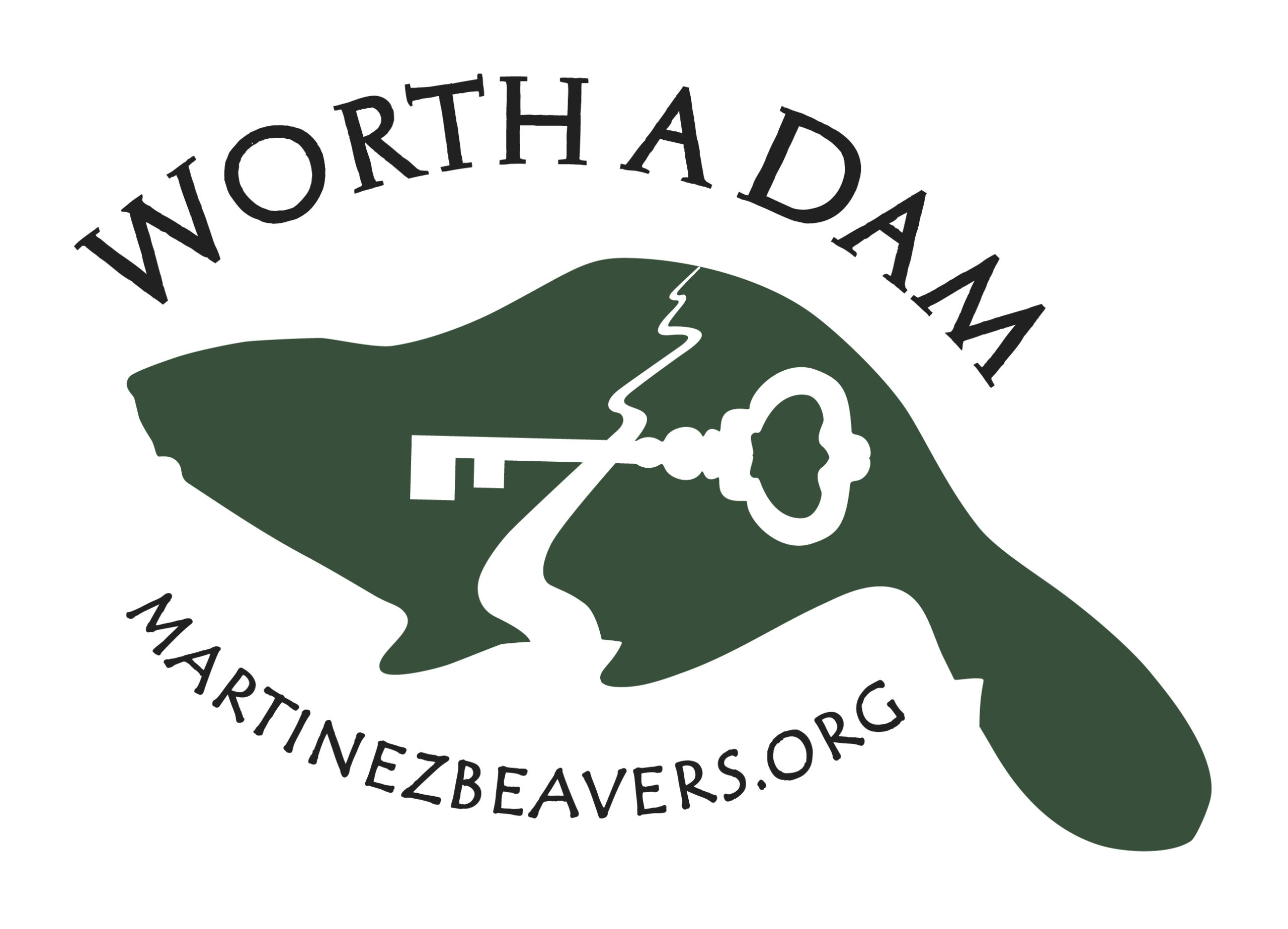


 -headed blackbirds, pied-billed grebes, great blue herons, and other water-dependent birds nested or tarried during migration …. Then, after a few years, the beaver disappeared. There hasn’t been as much water or wildlife since, but some day a young beaver looking for a home of its own will come upon the site, find it hospitable and stay.”
-headed blackbirds, pied-billed grebes, great blue herons, and other water-dependent birds nested or tarried during migration …. Then, after a few years, the beaver disappeared. There hasn’t been as much water or wildlife since, but some day a young beaver looking for a home of its own will come upon the site, find it hospitable and stay.”
 er table and store water. Stored water and a raised water table are helpful to plants and animals during a drought. The water-flow pattern is altered, reducing erosion. When they open up forests along the streams, they create new habitats—ponds, swamps, and meadows. New habitat attracts other organisms, and soon a complex community develops.
er table and store water. Stored water and a raised water table are helpful to plants and animals during a drought. The water-flow pattern is altered, reducing erosion. When they open up forests along the streams, they create new habitats—ponds, swamps, and meadows. New habitat attracts other organisms, and soon a complex community develops. ey, founder of
ey, founder of 













